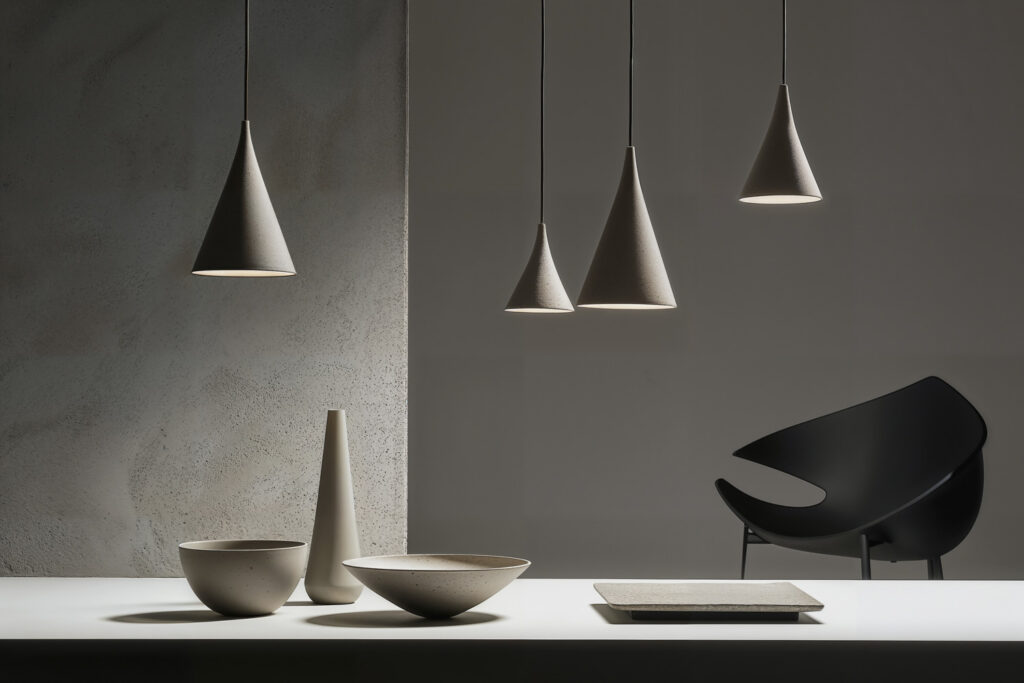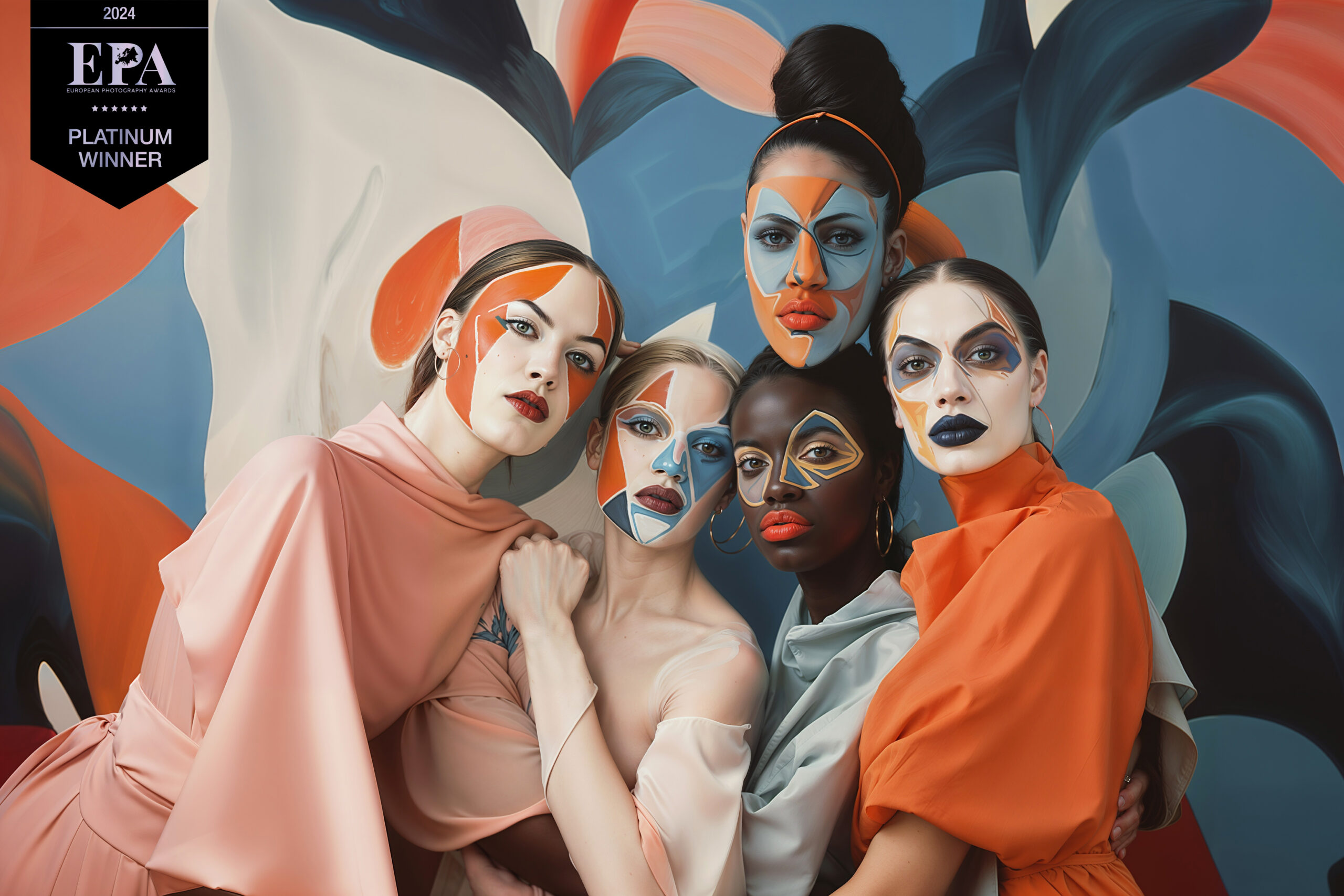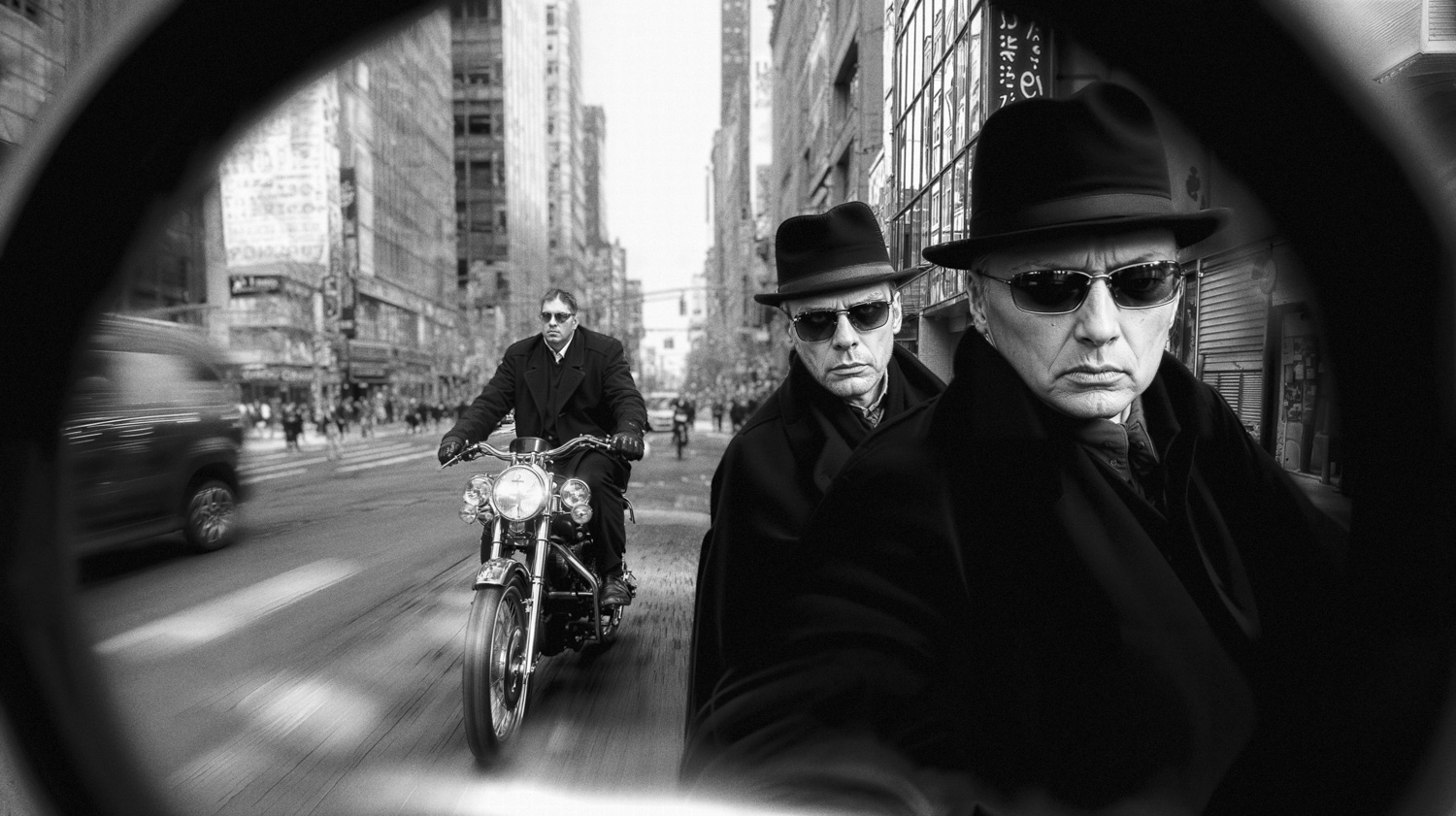
Crafting Products: AI Meets the Art of Photography
The Future of Product Photography: Will AI and Neuro Photography Replace Human Photographers?
In the rapidly evolving world of product photography, AI and neuro photography are making significant waves. These technologies, which blend advanced artificial intelligence with creative photographic techniques, promise to revolutionize how products are captured, enhanced, and presented. But with this innovation comes an important question: Will AI and neuro photography eventually replace human photographers?
.

The Rise of AI in Product Photography
AI-driven tools are already transforming the industry by automating tasks such as background removal, lighting adjustments, and even composition enhancements. Neuro photography takes this a step further, using AI to analyze and modify images in ways that can amplify a product’s appeal, create surreal effects, or align visuals with specific branding needs. The speed, precision, and consistency offered by AI are undoubtedly attractive to businesses looking to streamline their visual content creation.
Should Photographers Be Worried?
The prospect of AI replacing human photographers can be daunting. However, the reality is more nuanced. While AI can handle many technical aspects of photography, it lacks the creative intuition and emotional insight that human photographers bring to the table. Photography is not just about capturing an image; it’s about telling a story, evoking emotions, and understanding the nuances of light, color, and composition in ways that resonate with an audience.
.

Pros and Cons of AI in Product Photography
For AI:
• Efficiency: AI can process images faster than humans, making it ideal for large-scale product photography projects where time is of the essence.
• Cost-Effectiveness: Automating repetitive tasks can reduce costs, allowing businesses to allocate resources elsewhere.
• Consistency: AI ensures uniformity across a series of images, which is crucial for maintaining brand consistency.
Against AI:
• Creativity: AI, while advanced, still lacks the creative intuition and emotional depth that a human photographer brings to each project.
• Personalization: Human photographers tailor their work to the unique needs of each client, something AI might struggle with in more complex scenarios.
• Artistic Vision: The artistic flair that human photographers infuse into their work, which often involves spontaneous, in-the-moment decisions, is something AI cannot replicate.
.

The Future of Photography
Rather than replacing human photographers, AI and neuro photography are more likely to serve as tools that enhance the creative process. Photographers can use AI to handle technical tasks, freeing them to focus on the artistic elements that make their work unique. In this way, AI becomes a collaborator rather than a competitor.
The future of product photography will likely be a hybrid approach, where human creativity and AI efficiency work hand in hand to produce stunning visuals. Photographers who embrace these tools and integrate them into their workflow will find themselves at the forefront of the industry, offering innovative solutions that combine the best of both worlds.
In conclusion, while AI is reshaping the landscape of product photography, it’s not something to be feared. Instead, it’s an opportunity for photographers to elevate their craft, leveraging technology to push the boundaries of what’s possible in the art of photography.
.




